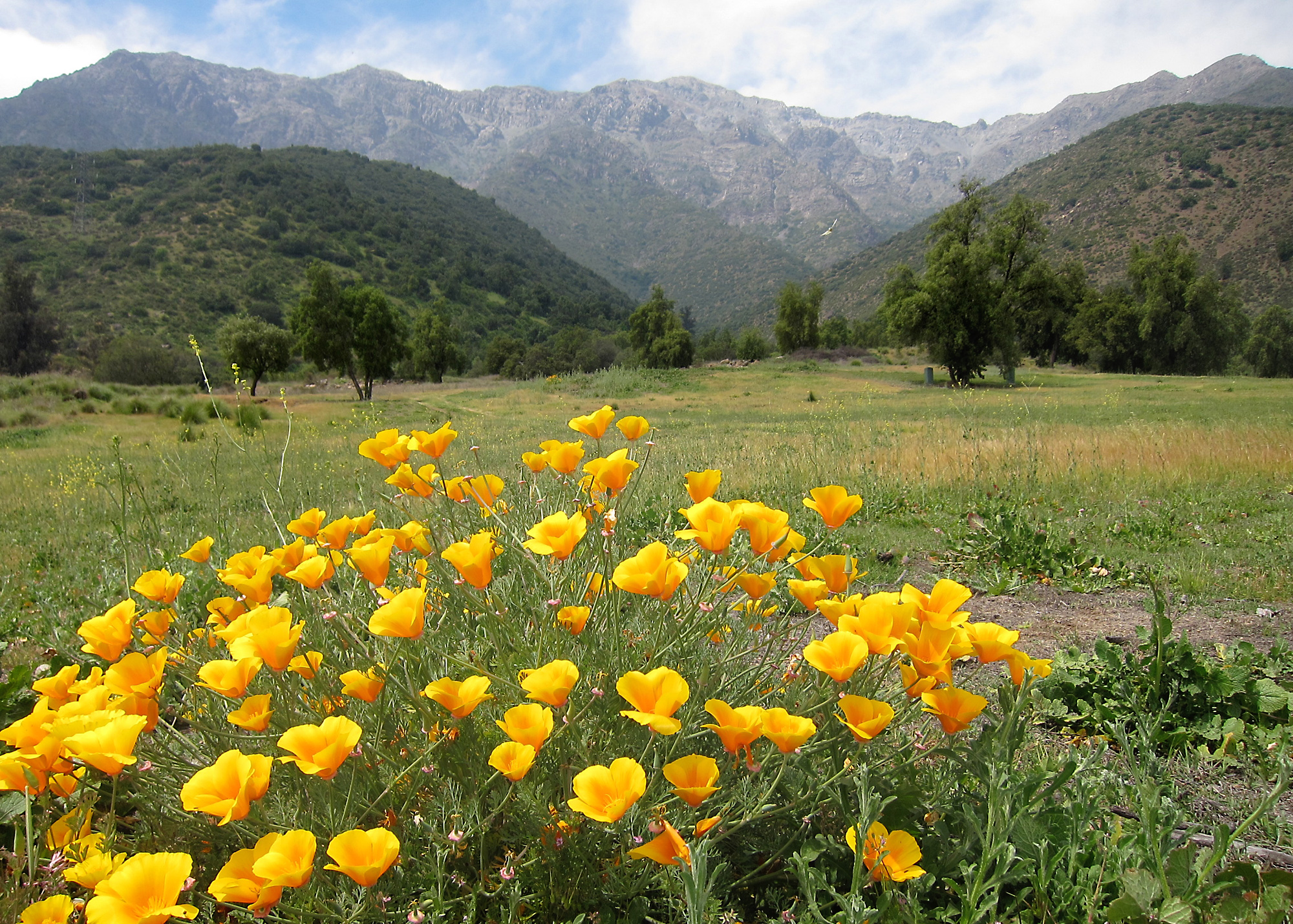
SANTIAGO, CHILE — Excavation work is under way for the new Baha'i House of Worship for the South American continent, in the Chilean capital of Santiago.
The ground work comes after a prolonged search for a site and unprecedented technical challenges, which included the invention of an entirely new material for the building's exterior. The site has now been set at a location in the hills of Peñalolén, a "commune" within metropolitan Santiago, at the foot of the Andes.
"We are pleased to inform you that excavation work has now commenced in Chile on the land where the last continental House of Worship is to stand," the Universal House of Justice wrote on 26 November, expressing its hope that the Baha'is throughout the world would "be heartened to learn of the milestone now reached..."
"Many obstacles have been overcome to reach this point," the House of Justice noted.
Siamak Hariri – of the Canadian architecture firm Hariri Pontarini Architects, which has designed the House of Worship – is delighted. "It's really a very rewarding moment," he says. "We've found an extraordinary site, visible from all over Santiago. Even if you come into the airport from other places in the world, you'll see it in the distance."
The House of Worship, with its surrounding water gardens of plant species native to the region, will cover some 10 hectares of a 50 hectare site. Excavation is now being carried out of an area measuring 62 meters in diameter, to prepare for the building's foundations and the area around it. The diameter of the House of Worship itself is approximately 30 meters.

Baha'i Houses of Worship
Baha'i Houses of Worship are distinctive buildings, open to everyone, where visitors can simply pray and meditate in a serene atmosphere, or - at certain times - listen to the holy scriptures of the world's religions being recited and sung. An integral concept of each House of Worship is that they will, in due course, provide a spiritual center around which agencies and institutions of social, humanitarian, and educational service will be established for the surrounding population.
When completed, the edifice in Santiago will be the eighth in a series of Baha'i Houses of Worship, and the final one to be erected to serve an entire continent. The seven others are in Australia, Germany, India, Panama, Uganda, the United States and Western Samoa.
"Striking and original"
The project to construct a Baha'i House of Worship in Chile was announced in 2001. A call for submission of designs was made the following year by the National Spiritual Assembly of the Baha'is of Chile, eliciting 185 entries from more than 80 countries.
The design brief called for a domed structure with nine entrances which, symbolically, would welcome people from all directions of the earth for the praise and glorification of God.
From a shortlist of four entries, Hariri Pontarini Architects was given the go-ahead to develop its scheme, described by the Universal House of Justice in its recent message as a "striking and original design."
The building consists of an arrangement of nine translucent "wings," rising directly from the ground, and giving the impression of floating over a large reflecting lily pool. The wings will allow sunlight to filter through during the day, while at night the House of Worship will emit a warm glow from its interior lighting.
The innovative design required that an entirely new form of cast glass be invented for the building's exterior. "That was an exploratory journey that took some 18 months," says Mr. Hariri, whose team needed to develop technologies that would ensure the building's survival in the environmental conditions of the location, a highly active seismic zone.
"We've done the testing. It has been marked out, vetted and peer-reviewed," says the architect. "All the permits are signed. So now is the perfect time for the construction process to commence."
Award-winning design
Since it was first unveiled, the design for the House of Worship has been praised in more than 40 international journals, and received numerous accolades. Canadian Architect featured the building as one of its 2004 Awards of Excellence. A judge described it as representing "a rare convergence of forces that seem destined to produce a monument so unique as to become a global landmark..."
Most recently, in August, a global panel of almost 100 judges named the House of Worship joint winner in the World Architecture News "Civic Building - Unbuilt" award category.
"It was a nice coincidence to win this award at this particular time, just as the excavation work was about to begin" says Mr. Hariri.